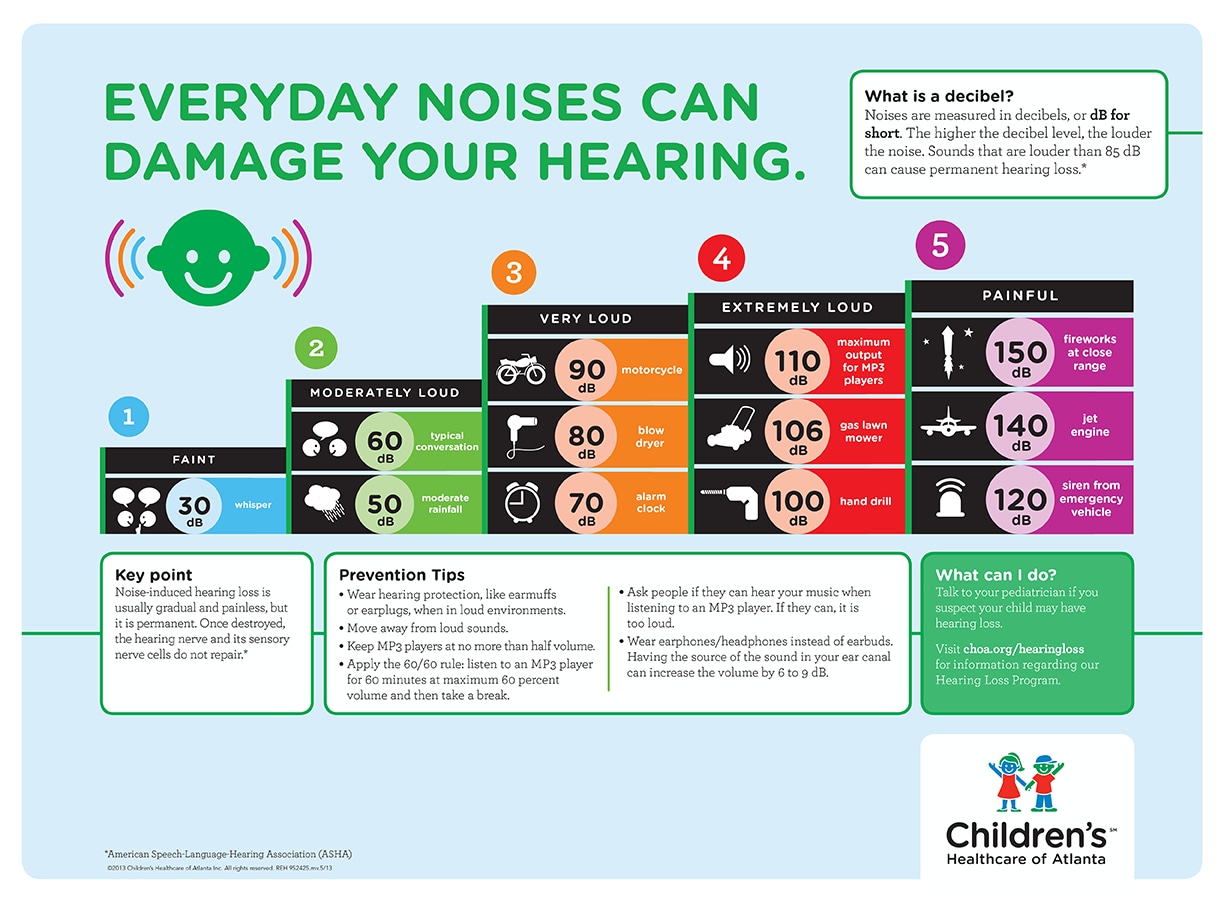Dyslexia Tutoring: Methods And Techniques For Effective Understanding
Dyslexia Tutoring: Methods And Techniques For Effective Understanding
Blog Article
Web Content By-Smedegaard Kaae
If you're working with a pupil who has dyslexia, you recognize just how important it is to take on the appropriate approaches. Customizing your method to fit their distinct demands can make a substantial difference in their learning trip. By incorporating multisensory techniques and structured proficiency programs, you can help them develop necessary abilities. But what specific approaches can you implement to absolutely cultivate their confidence and growth? Allow's explore these reliable strategies with each other.
Recognizing Dyslexia and Its Impact on Knowing
Understanding dyslexia is vital due to the fact that it affects just how people find out and process details. If click web page or a person you understand has dyslexia, you'll observe difficulties with analysis, punctuation, and composing. This isn't a representation of intelligence; it's about exactly how the mind translates language.
You may have problem with phonemic recognition, making it tough to attach sounds to letters. This can cause aggravation and decreased confidence in academic settings. Identifying these patterns is necessary for producing supportive learning experiences.
You'll locate that very early treatment and tailored methods can significantly boost results. By understanding the unique methods dyslexia effects learning, you can cultivate a more comprehensive ambience, helping those affected flourish and recognize their full capacity.
Effective Coaching Techniques for Dyslexic Trainees
Recognizing the difficulties dyslexic students face opens the door to reliable tutoring approaches that can make a genuine difference in their knowing journey.
Initially, make use of multisensory strategies; integrate visual, acoustic, and kinesthetic strategies to involve them fully. Incorporate structured literacy programs, focusing on phonics, phonemic awareness, and vocabulary.
Break down jobs into smaller sized, workable steps to avoid frustrating them. Urge constant technique and repetition, reinforcing learning without disappointment. Usage positive support to boost their self-confidence and inspiration.
Dressmaker your methods to their distinct strengths, and hold your horses as they progress. Finally, maintain open interaction with parents to sustain their understanding at home.
Developing an Encouraging Understanding Setting
Creating a helpful knowing atmosphere is important for aiding dyslexic trainees prosper. Begin by making sure the area is quiet and free from distractions, permitting them to focus totally on their tasks.
Use adaptable seating arrangements that advertise convenience and engagement. Integrate aesthetic help and hands-on products to reinforce discovering concepts, satisfying their distinct handling designs.
https://theconversation.com/a-rose-tinted-cure-the-myth-of-coloured-overlays-and-dyslexia-120054 , so students really feel safe expressing their battles and requesting for help. Celebrate their successes, despite just how tiny, to boost their self-confidence.
Develop a regular to supply framework, which can reduce anxiety. Finally, foster cooperation with peers, as social communication can improve understanding and give emotional support.
Your initiatives will create a nurturing atmosphere that advertises development and strength.
Conclusion
Finally, effectively tutoring a dyslexic student needs a blend of understanding, tailored techniques, and an encouraging setting. By utilizing multisensory methods and organized proficiency programs, you can assist enhance necessary abilities and improve self-confidence. Remember to keep communication open, break tasks into smaller sized actions, and celebrate progression, regardless of how tiny. With your dedication and the best method, you can make a considerable distinction in their academic journey and total wellness.
